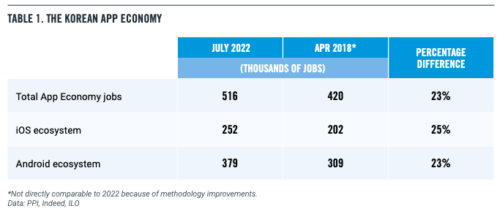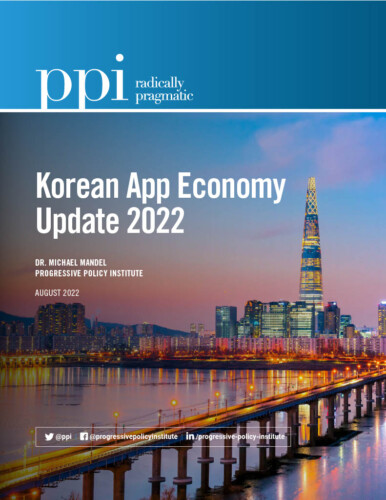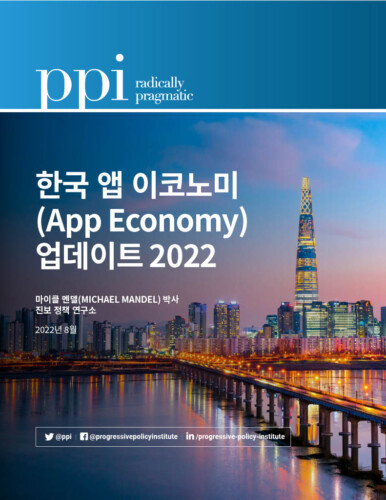SUMMARY
Germs resistant to treatments kill roughly 35,000 Americans per year. Infections caused by drug-resistant bacteria, viruses, and fungi are on the rise, and without changes in policy, could kill 12 million people annually worldwide by 2050. Drug-resistant infections could reduce global GDP by 2%-3.5% by 2050, according to the World Bank.
The overuse of antibiotics and poor infection control during the height of the COVID-19 pandemic may have exacerbated antimicrobial resistance (AMR). AMR occurs when bacteria, viruses, fungi, and parasites evolve to no longer respond to treatments or when new pathogens that resist treatment emerge. Often referred to as “superbugs,” they pose the risk of severe illness or death.
If science doesn’t stay ahead of AMR, health care will slide backwards to the days when diseases now considered treatable — pneumonia and skin staph aureus infections — killed thousands of people each year. Yet today we’re seeing the spread of deadly strains of bacteria that can cause blood infections, pneumonia, and sepsis. That’s why the World Health Organization says that antimicrobial resistance is one of the top 10 global public health challenges threatening the practice of modern medicine.
The U.S. needs to combat these superbugs on three fronts:
• Curtailing the overuse of antimicrobials in medicine,
• Limiting the use of antimicrobials on animals and agriculture, and
• Investing in the development of new antimicrobials to stay ahead of nature.
BACKGROUND
Prior to the discovery of penicillin in 1928, diseases such as pneumonia, skin infections, meningitis, and whooping cough were often fatal. But once the use of antibiotics became mainstream in the 1940s, these infections became minor, easily treatable illnesses that no longer warranted a death sentence. The average life expectancy was extended by roughly 20 years because of the widespread use of antibiotics. But almost immediately, scientists discovered that certain types of bacteria were becoming resistant to penicillin and began working on second-generation antibiotics.
Unfortunately, scientific discovery hasn’t kept pace with evolutionary biology — both because superbugs evolve to evade antimicrobials and because new superbugs are also being discovered in the far reaches of the globe.
Without changes in scientific discovery and policy, AMR poses a risk to society and modern medicine. While pathogens are evolving to evade our current arsenal of drugs, scientific investment isn’t keeping pace in development of new antimicrobials. When COVID-19 emerged, the response was to invest in antivirals and there were roughly 260 COVID-19 antivirals in clinical development in 2020-2021. By contrast, there are only 73 new antimicrobials in clinical development because of poor incentives and a lack of investment.
PROBLEM STATEMENT
According to a recent study published in The Lancet, in 2019, 1.2 million people died directly from drug-resistant infections while AMR contributed to the deaths of 5 million additional people worldwide. This means that an infection may have exacerbated existing medical conditions and contributed to death rather than being the only causal factor.
Then came the COVID-19 pandemic. The Centers for Disease Control and Prevention (CDC) data show that resistant hospital-onset infections and deaths increased at least 15% during the first year of the pandemic. This could be because of an increase in hospital-acquired infection as more people were hospitalized, or because infection control languished as hospital staff were over-burdened with COVID-19 or because antibiotics were overused as people presented with ambiguous respiratory symptoms. But the fact remains that without changing how we use and develop new antimicrobials, millions more people will die, and health advances will be lost.
OVERUSE
About 80% of antibiotics used in the United States aren’t used by humans, but by livestock — cows, pigs, and chickens. Many industrial scale farms use antibiotics prophylactically — to prevent disease and to accelerate growth — which contributes to drug resistant pathogens living in the food and water supply. The European Union has recently banned prophylactic antibiotic use in livestock, but the U.S. and other countries don’t limit how farmers can use antibiotics.
But the overuse doesn’t stop there. In 2019, farmers under attack from a bacterial infection that threatened to decimate Florida citrus groves received permission from the Trump administration to use controversial bactericides on their trees. The Environmental Protection Agency allowed farmers across California, Florida, and Texas to use streptomycin and oxytetracycline — drugs typically used for syphilis, tuberculosis, and urinary tract infections — on their citrus plants. Using medical-grade antimicrobials increases the risk that pathogens develop resistance to these treatments in soil, water, and eventually humans.
Finally, antibiotics are overused in the practice of medicine, which is the final key driver of antimicrobial resistance. The CDC reports that 70% of the bacteria that cause two million hospital-acquired infections annually are resistant to at least one antibiotic. Although there were declines in hospital-acquired infections before the onset of the COVID-19 pandemic, hospital infections surged in recent years. This might have been because of increased antibiotics prescribed to prevent secondary lung infections brought on by a COVID hospitalization. Between March and October of 2020, 80% of hospitalized COVID patients were prescribed antibiotics.
While the prescriptions may be medically necessary, increased use contributes to resistance if science can’t stay ahead of AMR. Infection control efforts may have also lapsed under staff shortages and over-burdened hospitals.
Additionally, the CDC estimates that at least 30% of outpatient antibiotic prescriptions are unnecessary, most commonly prescribed for viral respiratory infections, such as viral bronchitis, otitis, and sinusitis. With millions hospitalized for respiratory problems, COVID likely exacerbated the overuse.
Even necessary antimicrobial use contributes to the weakened efficacy of treatments over time. Each time pathogens are exposed to antimicrobials, they have the opportunity to adapt to evade them. But unnecessary use means that patients have no medical need for the drugs, may damage their own health from taking the drugs unnecessarily, and add to the weakening of the drugs over time.
READ THE FULL REPORT










